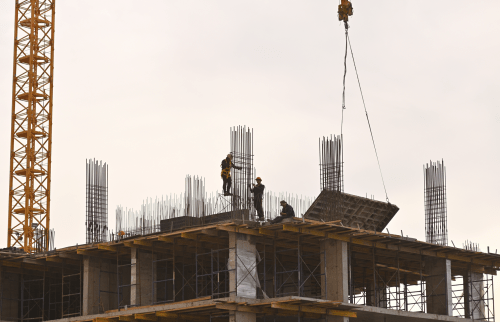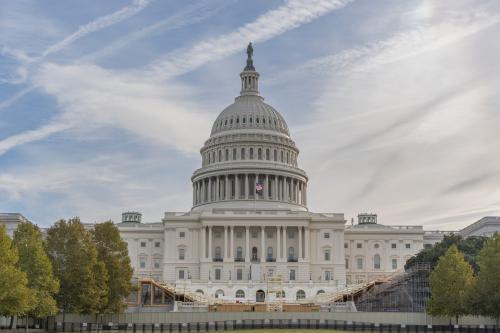Unparalleled immigration in the 1980s and 1990s transformed many older immigrant gateways and created new ones. An analysis of immigration to metropolitan areas during the 20th century using U.S. Census data reveals that:
- The U.S. foreign-born population grew 57.4 percent in the 1990s; by 2000 nearly one-third of U.S. immigrants resided outside established settlement states. Thirteen states primarily in the West and Southeast—including many that had not previously been major destinations for immigrants—saw foreign-born growth rates more than double the national average. These states included, Colorado, Georgia, Nevada, and North Carolina.
- Historical settlement patterns along with recent influxes of immigrants have produced six major types of U.S. immigrant “gateways.” Former gateways, like Cleveland and Buffalo, attracted immigrants in the early 1900s but no longer do. Continuous gateways such as New York and Chicago are long-established destinations for immigrants and continue to receive large numbers of the foreign-born. Post-World War II gateways like Los Angeles and Miami began attracting immigrants on a grand scale during the past 50 years. Atlanta, Dallas, and Washington, D.C., meanwhile, stand out as emerging gateways with fast immigrant growth during the past 20 years. Seattle and the Twin Cities—places that began the 20th century with strong immigrant pulls—waned as destinations during the middle of the century, but are now re-emerging as important immigrant gateways. Finally, Salt Lake City and Raleigh-Durham are very recent immigrant destinations, having attracted significant numbers of immigrants in the 1990s alone. These are the pre-emerging gateways.
- Newly emerging immigrant gateways experienced rapid growth of both the foreign- and native-born between 1980 and 2000, while the more established gateways experienced slower percentage growth of both—albeit from a larger base population. The continuous gateways, for example, would have lost population or stagnated absent the arrival of the foreign-born. By contrast, emerging and pre-emerging gateways exhibited strong population growth while also watching their foreign-born populations surge by as much as 817 percent (Atlanta) and 709 percent (Raleigh-Durham) over the two decades.
- By 2000 more immigrants in metropolitan areas lived in suburbs than cities, and their growth rates there exceeded those in the cities. Most notably, immigrants in emerging gateways are far more likely to live in the suburbs than in central cities.
- Recent arrivals to the newest immigrant gateways tend to come from Asia or Mexico, are poorer than the native-born population, and have low English proficiency and lower rates of U.S. citizenship. By contrast, continuous and post-World War II gateways have longer-residing immigrant populations, immigrant poverty rates similar to those of the native population, and relatively higher rates of naturalization, although English proficiency remains low.
The Brookings Institution is committed to quality, independence, and impact.
We are supported by a diverse array of funders. In line with our values and policies, each Brookings publication represents the sole views of its author(s).


